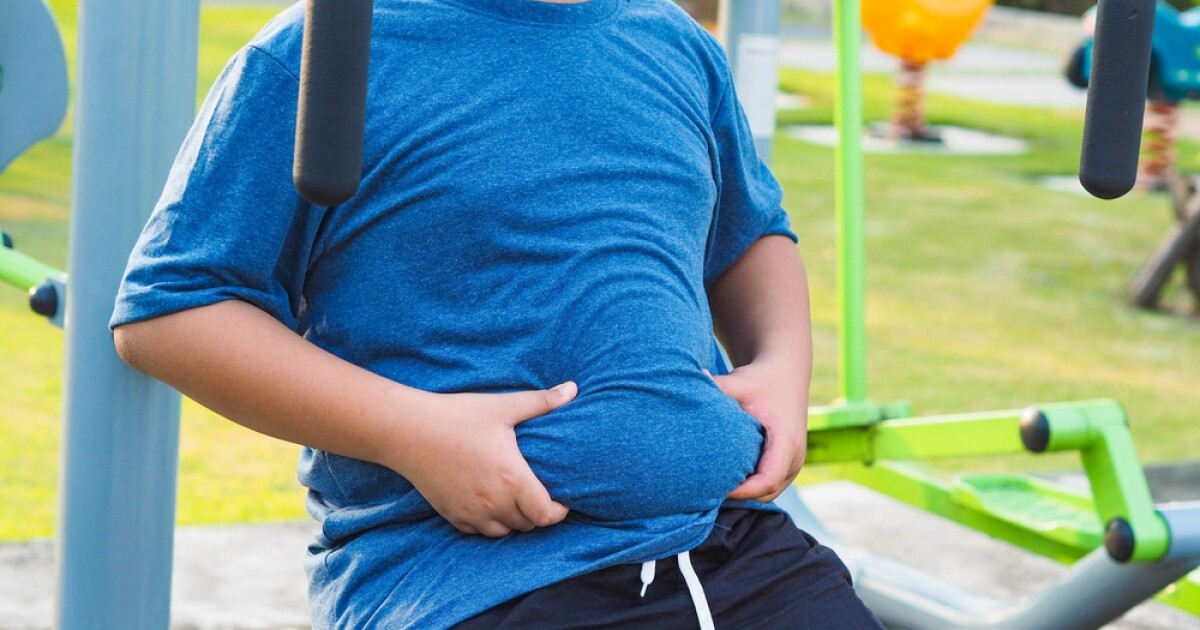Healthcare professionals should provide behavioral interventions to help children with a high body index manage their weight and stay healthy, the U.S. Preventive Services Task Force said in a study released Tuesday.
The study says that children age 6 and older who have a BMI at or above the 95th percentile for age and sex on the growth chart would benefit from behavioral interventions. The U.S. Preventive Services Task Force says these interventions could include education about healthy eating habits, counseling on behavioral change techniques, such as goal setting and problem-solving, and supervised exercise sessions.
The task force recommends healthcare providers spend at least 26 hours a year on these behavioral interventions.
“Almost one out of every five children and teens in the U.S. has a high BMI,” task force member John M. Ruiz said in a statement. “Fortunately, there are a variety of effective intensive behavioral interventions available that can help kids with a high BMI achieve a healthy weight, while improving quality of life.”
Task force members also looked into whether these recommendations should include weight loss medications. The group stopped short of making a recommendation as it says more research is needed on the pros and cons of weight-loss medication for children.
Unlike for adults, the recommended body mass index for children varies by age. According to the Centers for Disease Control and Prevention, the recommended body mass index for a 6-year-old boy would be between 14-18, but the range for a 14-year-old boy goes up to 16-22.
For adults, both male and female, a body mass index of 18-25 is considered healthy.
Based on the guidelines, an 8-year-old boy with a height of 54 inches and a weight of 100 pounds would have a BMI of 24.1. At that BMI, they would be considered severely obese and based on the task force’s recommendation, would be subject to behavioral intervention.
The group behind the recommendation says it is an independent panel of experts that makes evidence-based recommendations about clinical preventive services such as screenings, counseling services, and preventive medications.
How much should kids eat?
The American Heart Association says its calorie recommendations are based on a child having a sedentary lifestyle, and that recommended calorie intake goes up by up to 400 calories per day depending on a child’s activity level.
Here is the group’s recommended daily calorie intake for kids:
Boys
Age 1 900 calories
Age 2-3: 1,000 calories
Age 4-8: 1,400 calories
Age 9-13: 1,800 calories
Age 14-18: 2,200 calories
Girls
Age 1: 900 calories
Age 2-3 1,000 calories
Age 4-8: 1,200 calories
Age 9-13: 1,600 calories
Age 14-18 1,800 calories
How much exercise is recommended for children?
The American Heart Association recommends that school-age children get 60 minutes of moderate to vigorous exercise per day. This exercise can be broken up throughout the day, the group says.
Children ages 3-5 should get three hours of at least light exercise and movement per day, the AHA said.
Related stories:
These states have the highest obesity rates in the US
Majority of the world could be overweight by 2035. How can we stop it?





